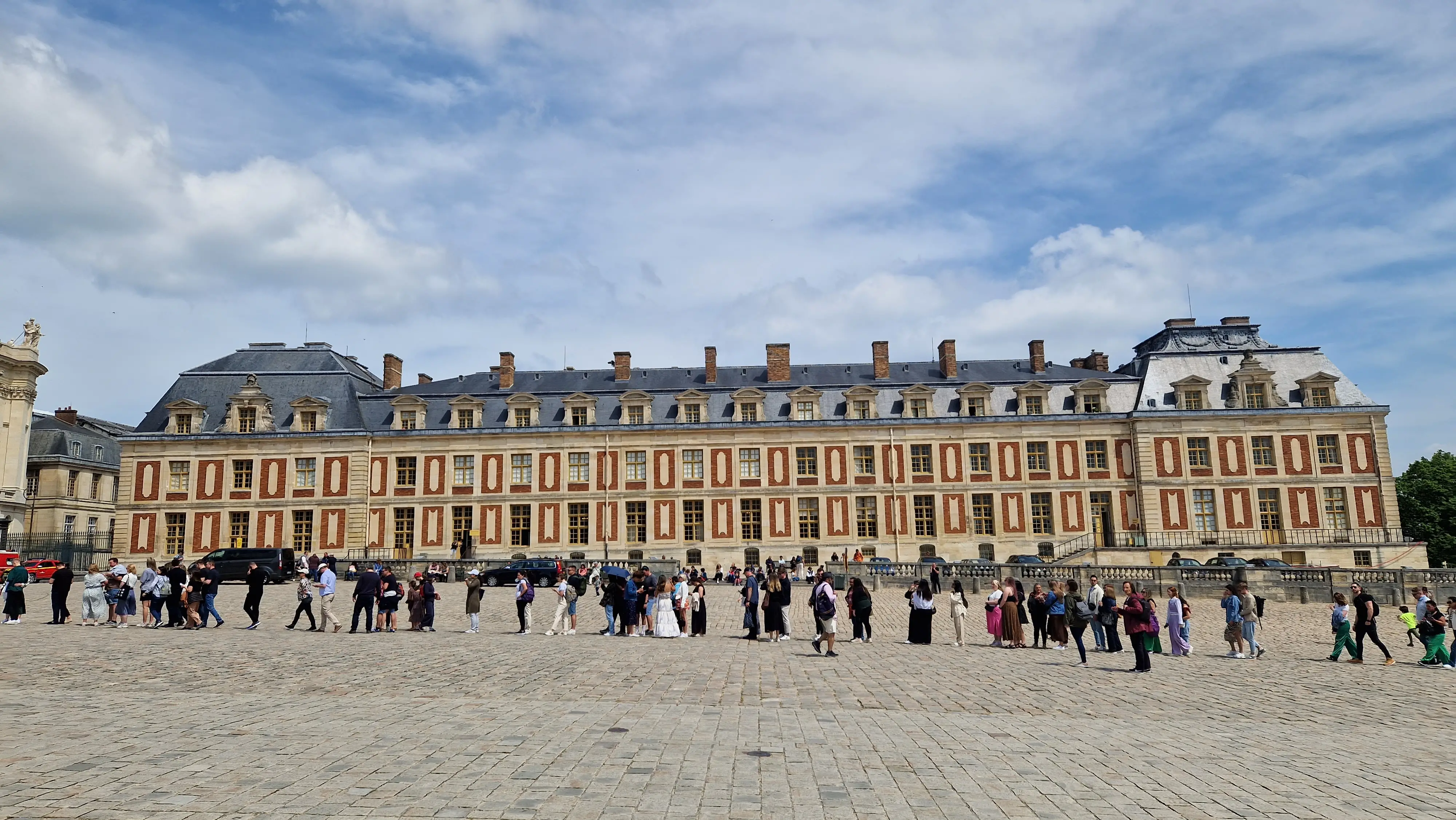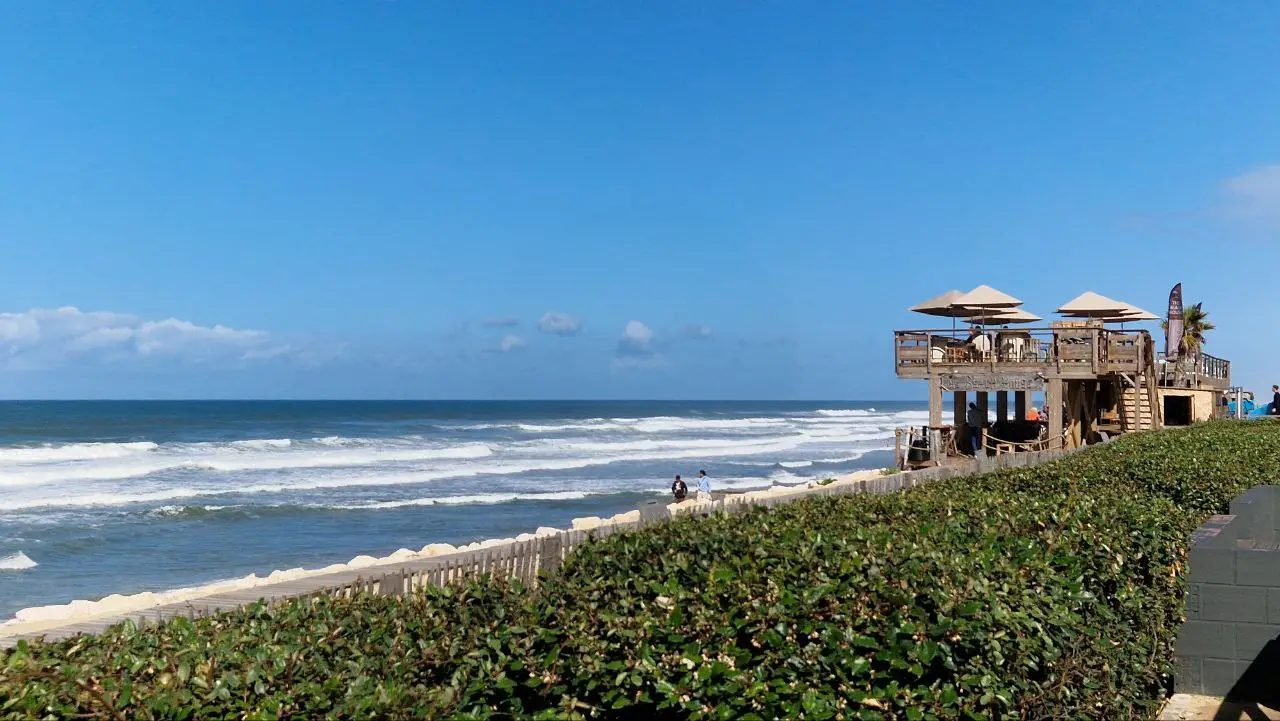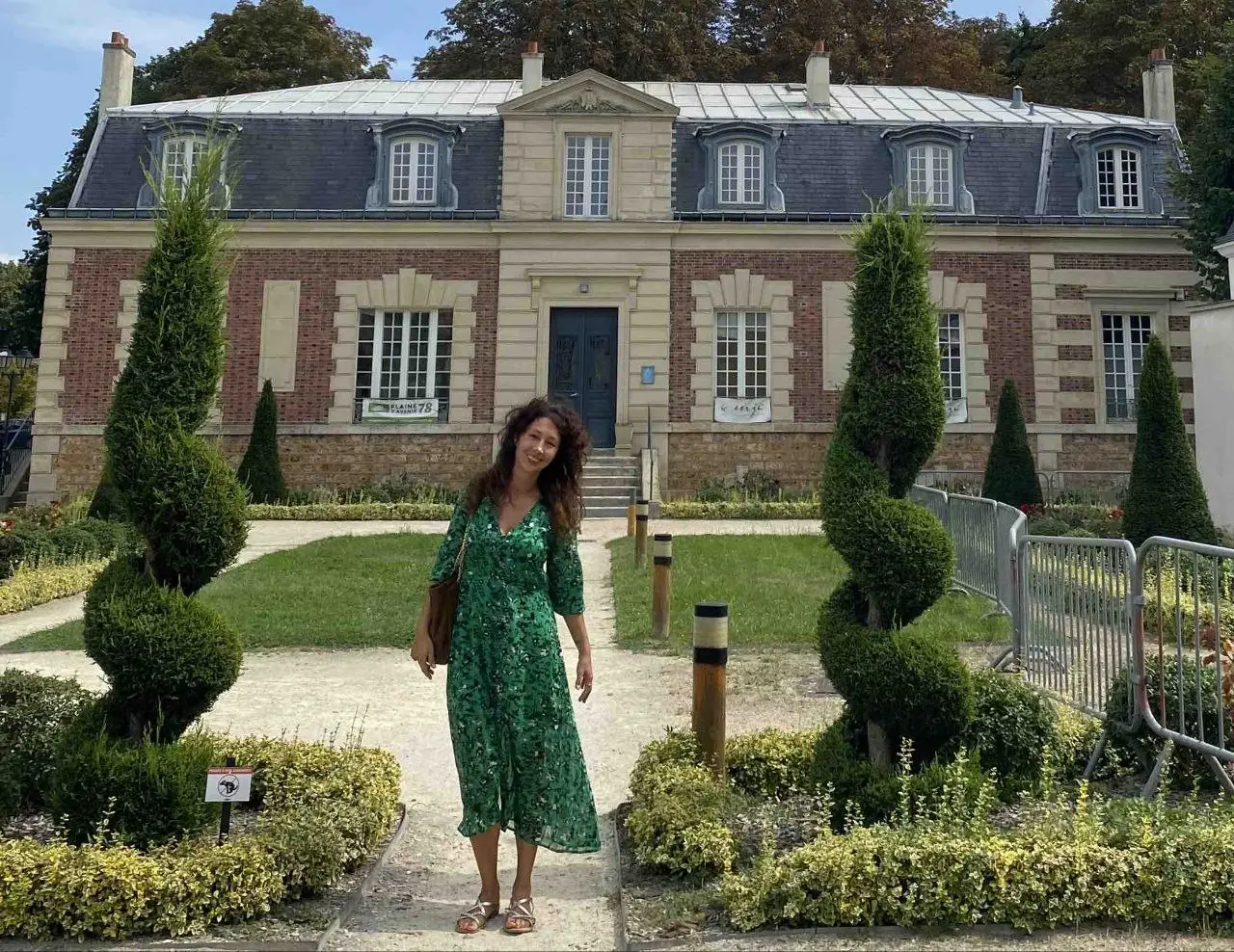The magic of cobalt blue cookware: part one
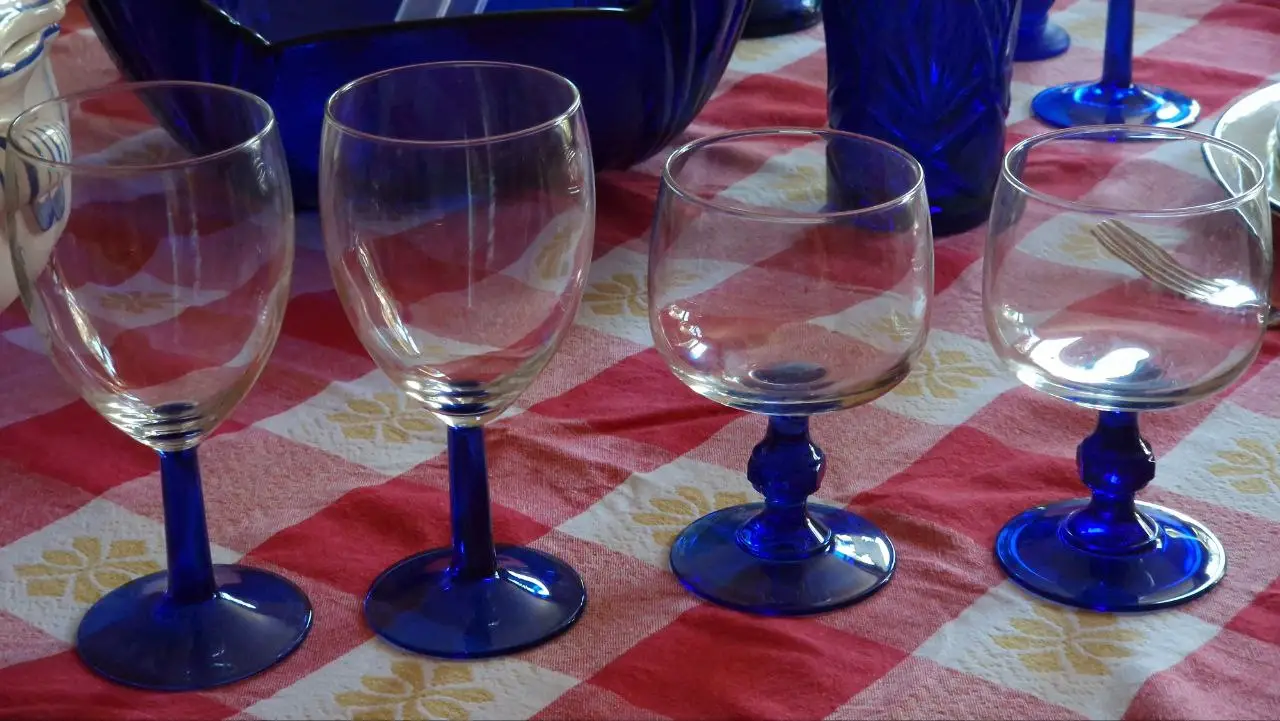
French elegance in every glass: exquisite glassware with blue elements at an affordable price. Gather your unique collection from flea markets and enjoy the joy of each discovery. Immerse yourself in the sophistication and versatility of this piece of tableware
In the world of culinary, every element has its own meaning. From the taste of the dishes to their presentation, every little thing plays a role in creating a unique atmosphere. One of these elements is cookware, especially vintage cookware. And when it comes to choosing such tableware, cobalt blue stands out among other options for its sophistication and versatility. This article is designed to make you fall in love with cobalt blue glass and products made from it. In the following articles, we will talk about porcelain and white and blue sets, which are especially valued among collectors.
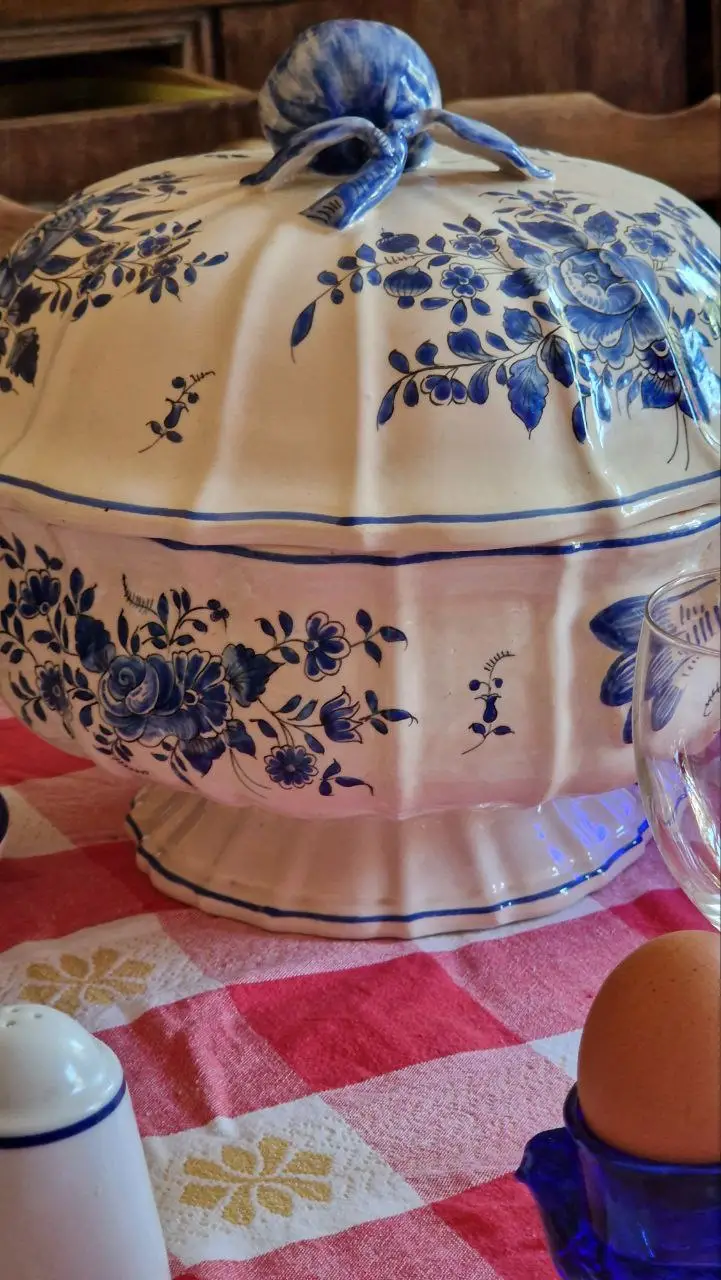
History
Glassware and porcelain are united not only by their purpose, but also by their origin. They are made from materials found in the earth. They are also both fired at very high temperatures to become what we are used to seeing them as. And the quality of such products is assessed by the degree of skill that the manufacturer puts into them. But of these two products, glass is much more amazing.
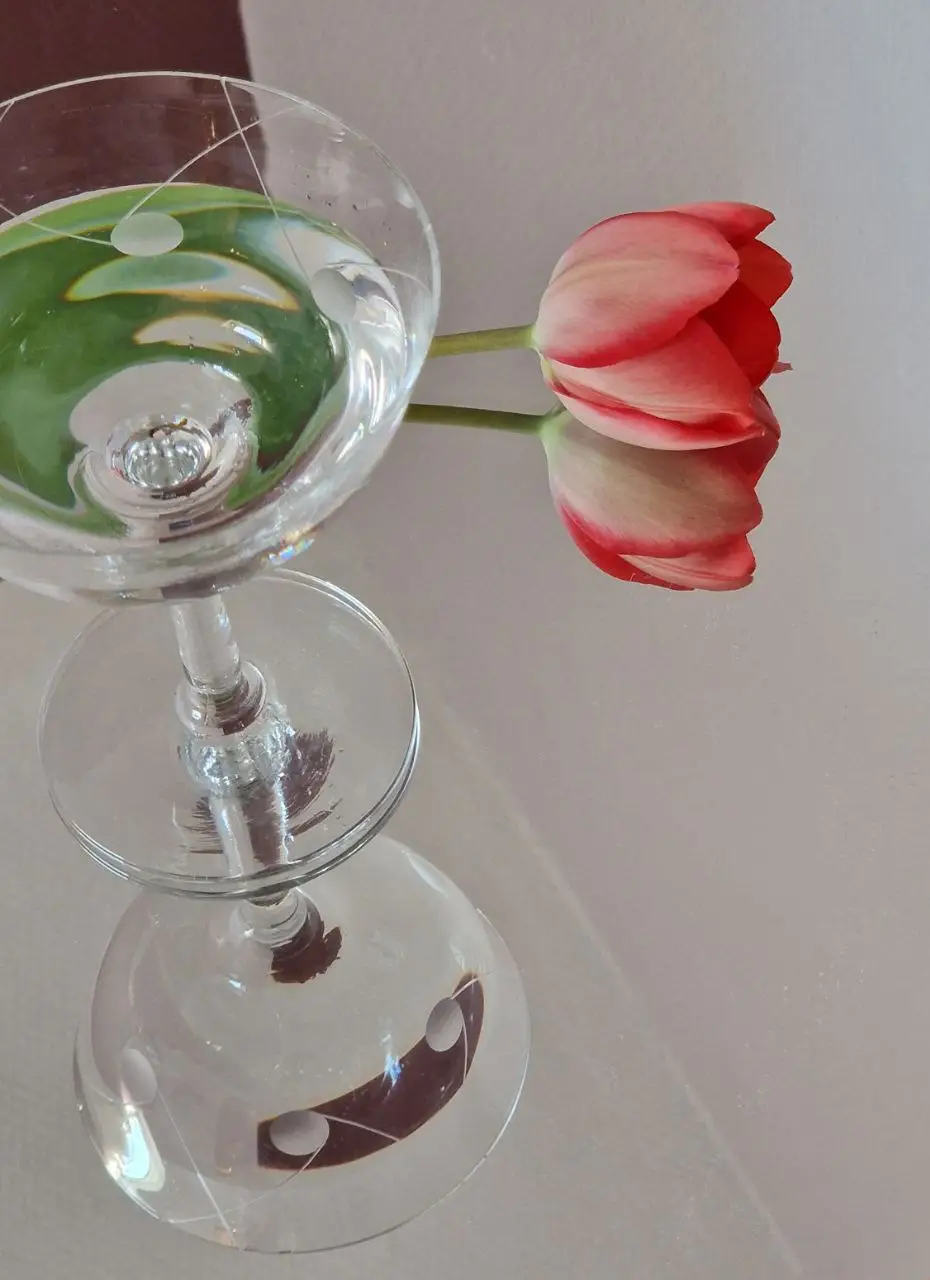
In a seemingly magical way, sand turns into a glass — like real magic. The most important thing in this case is the quality of raw materials, which requires a special kind of sand, which is why factories are often located near sources of sand and other ingredients for the convenience of logistics. To get clean glass, the sand needs to be thoroughly washed.
Crystal
Adding lead will give you glass with a melodic sound when it hits. Exquisite crystal always has a lot of lead in it. The ingredients are mixed and then heated in a furnace, then after a few hours they melt, and after complete cooling they become completely transparent. It is for its transparency and strength that we value crystal so much. After that comes the stage of forming the product: the most valued in all years is blown glass.
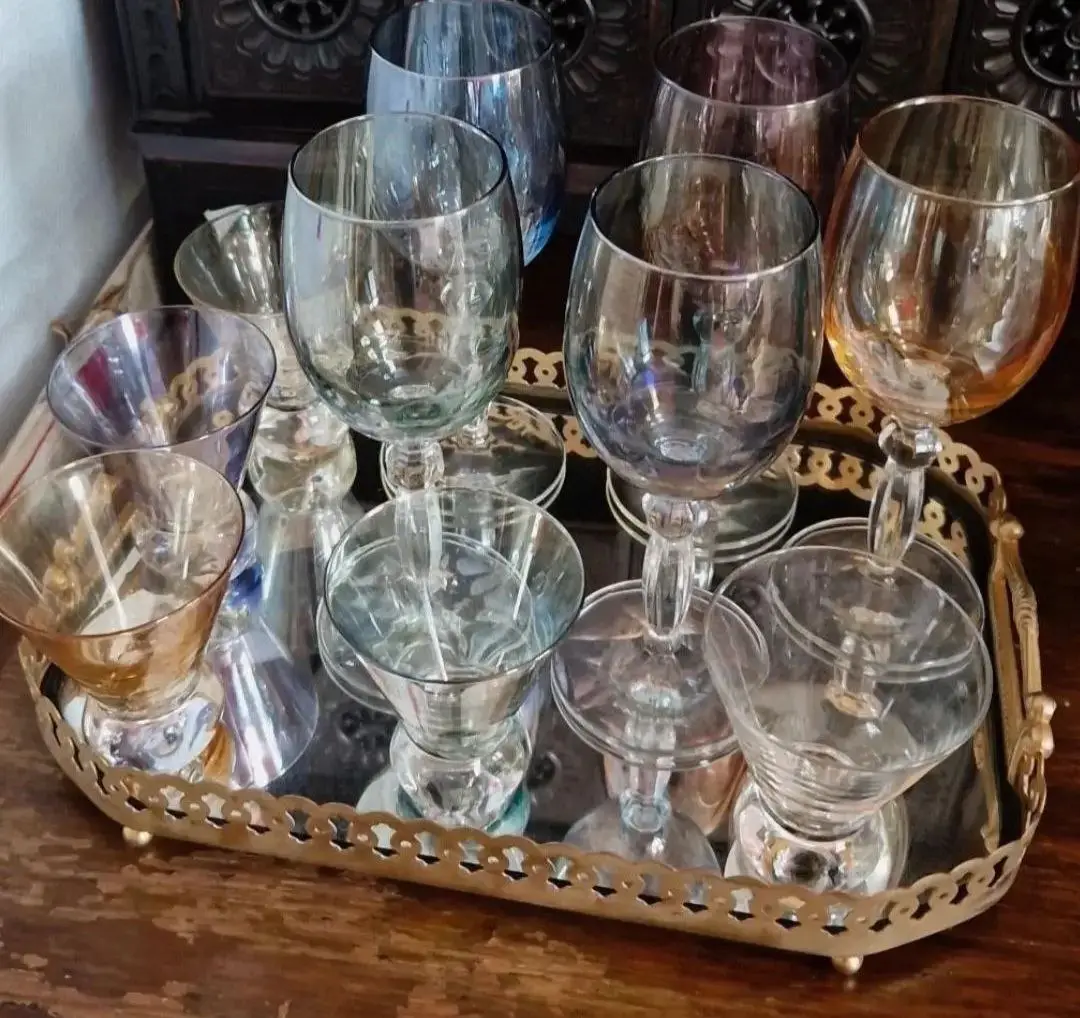
History of the Invention of Glass
The history of glassware goes deep into the past and the exact date of glass's origin is not known. However, the first mention of the use of glass dates back to BC.
Glass was first produced in the Ancient East, probably about 3500 years ago. Initially, it was very simple glass that was used to make jewelry, small vessels, and other objects.
In the Middle Ages, glass became more widely used in Europe, particularly in Italian cities such as Murcia, Venice, and Florence. The Venetian glass industry became particularly famous and renowned for its high quality and craftsmanship.
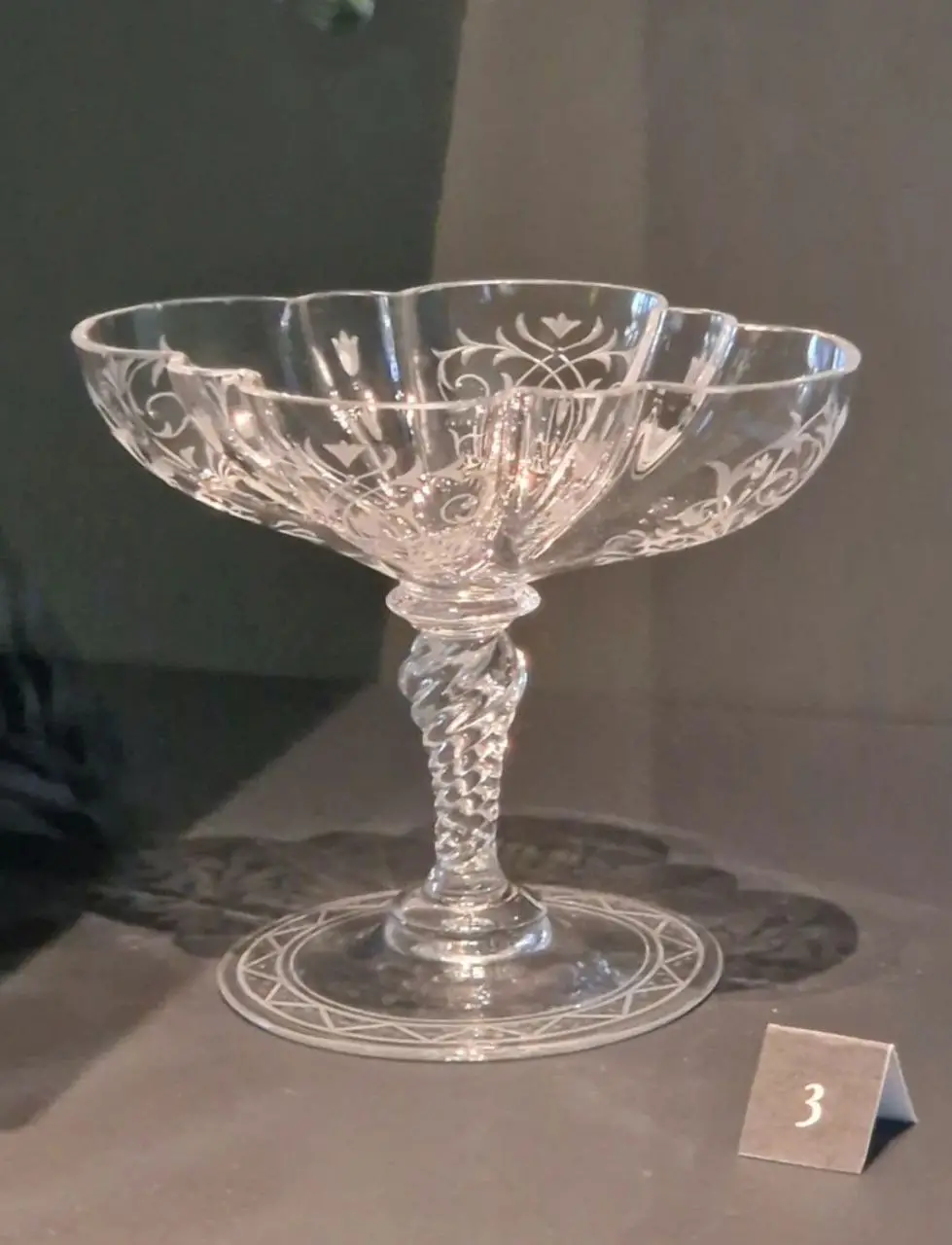
Throughout the centuries, glass production technologies have been constantly improving, resulting in the various types and shapes of glass products we see today.
Cobalt glass
To obtain the blue color, various natural materials or minerals were used, such as indigo (plant pigment), cobalt (mineral), azurite (mineral), etc. However, the availability of these materials was limited, making the production of blue glassware an expensive and complicated process.
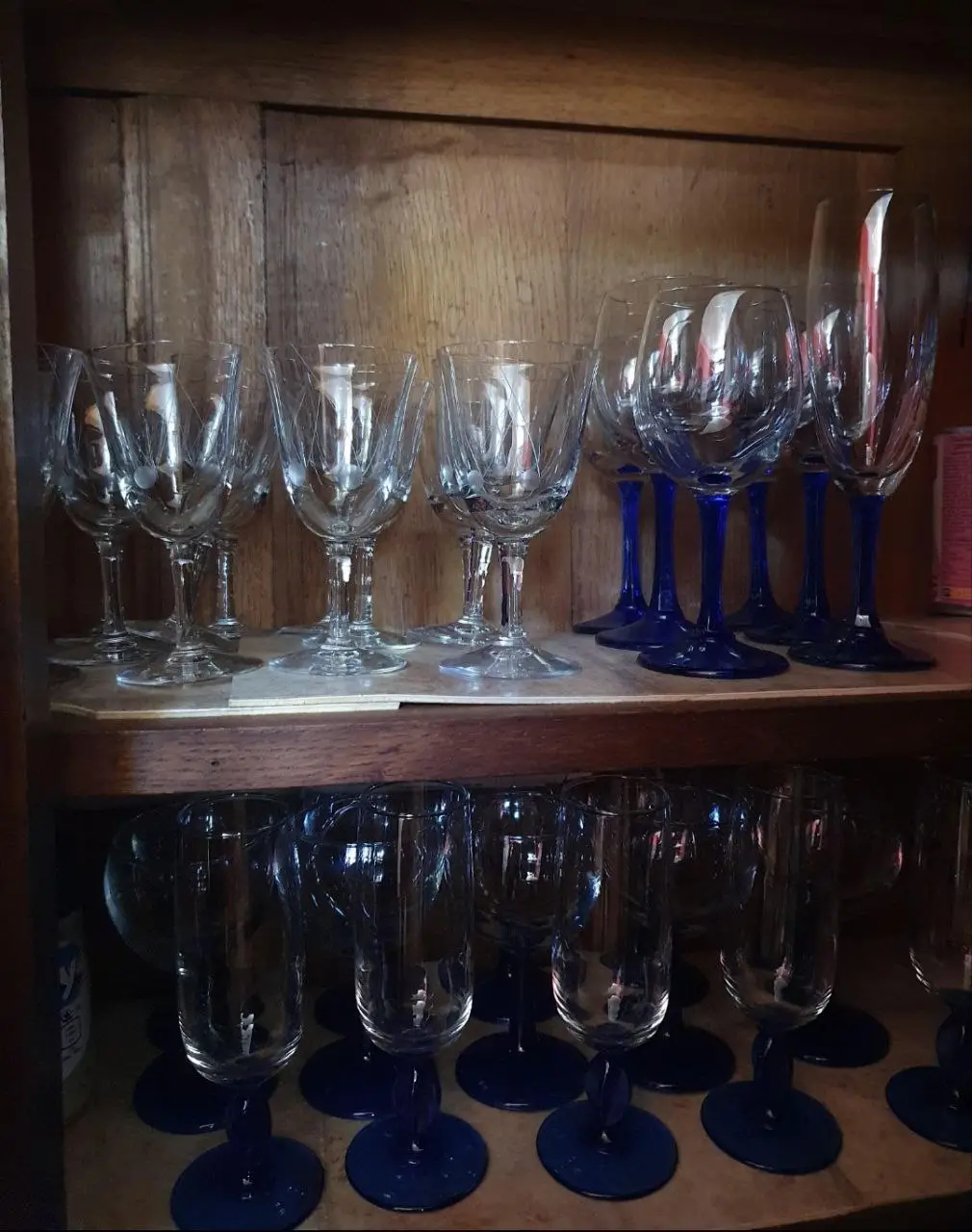
The production of cobalt blue glass began in the Middle Ages, around the 16th and 17th centuries. Cobalt glass became popular in Europe, particularly in Germany and the Czech Republic, where manufacturers were able to produce glass with a deep, rich blue color by adding cobalt compounds during the melting of raw materials.
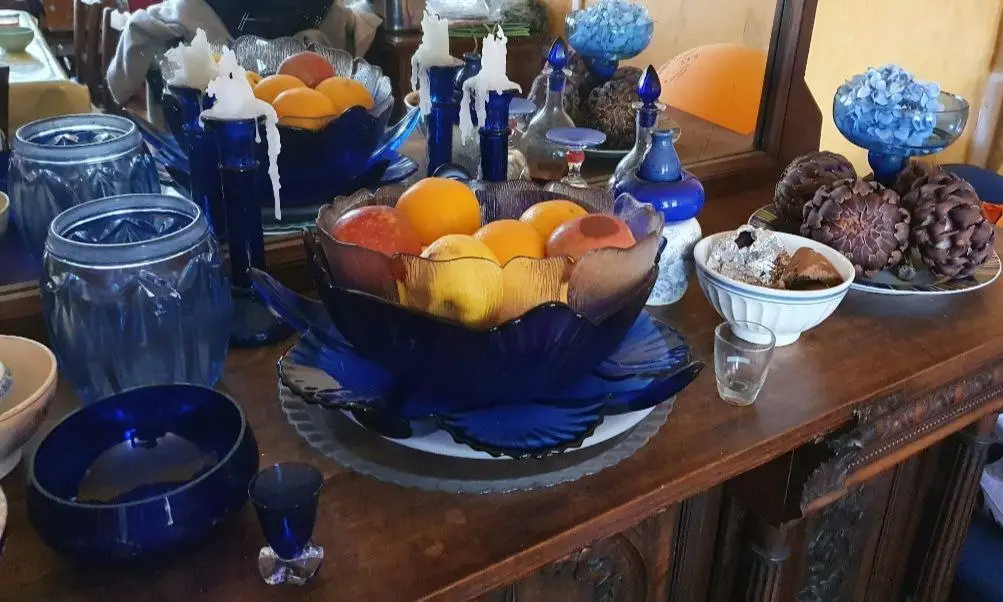
In its original form, cobalt glass was used to make various household items such as vases, bottles, pharmaceutical bottles, and other products. The cobalt blue color added elegance and sophistication to them, so these products became very popular among the aristocracy and the wealthy classes.
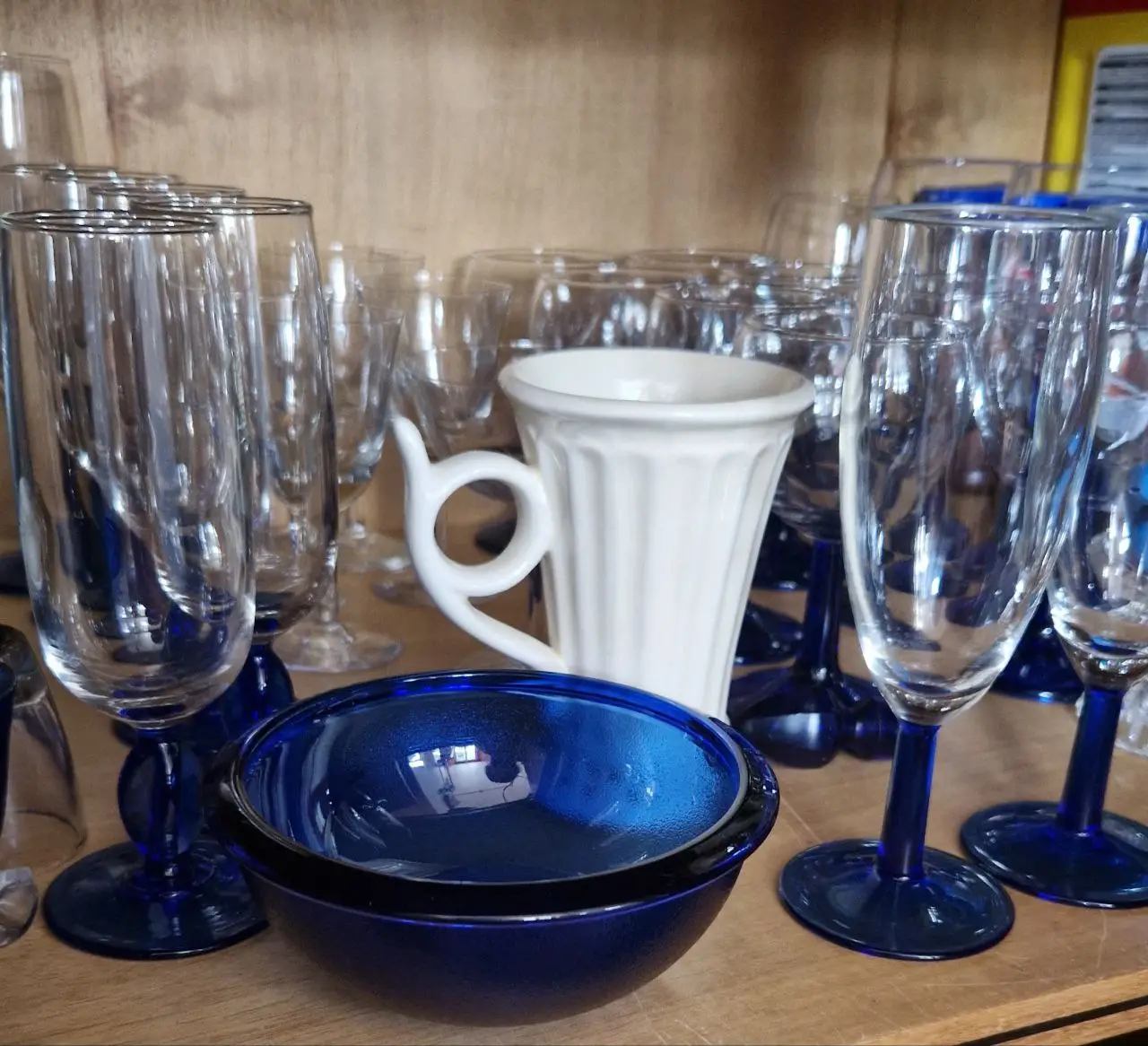
Later, the production of cobalt glass spread to other countries in Europe and the world, and it is still one of the symbols of classical glass art, many of which have settled in flea markets in France, all over the country.
Luminarc: a combination of innovation and elegance in French tableware
Luminarc is a well-known French company that has been specializing in the production of tableware and glassware for over 70 years. Founded in 1948, the company has become a true leader in its field of activity thanks to a combination of high quality, innovation and elegant design.
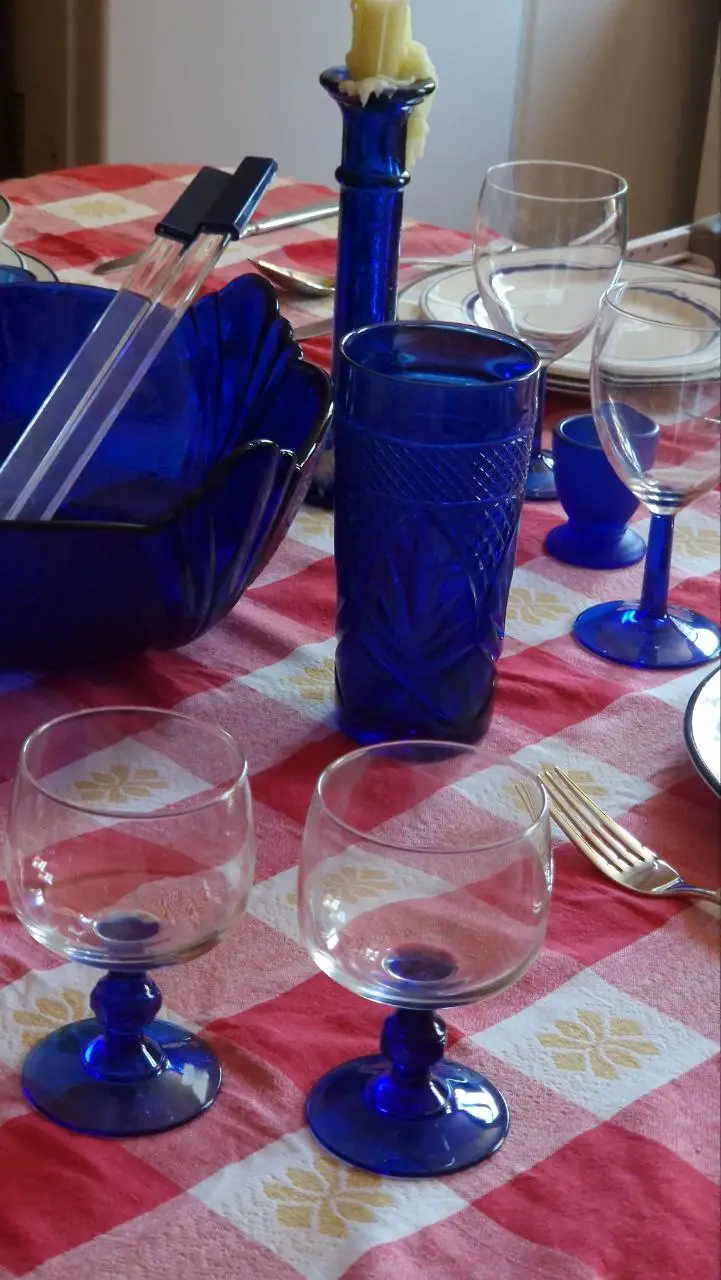
Luminarc belongs to the Arc International group of companies, which is one of the world's largest manufacturers of tableware and glassware. The company's founder is André Duval, who started his business in the 19th century, but the company really flourished under the leadership of his grandson, Jean Duval.
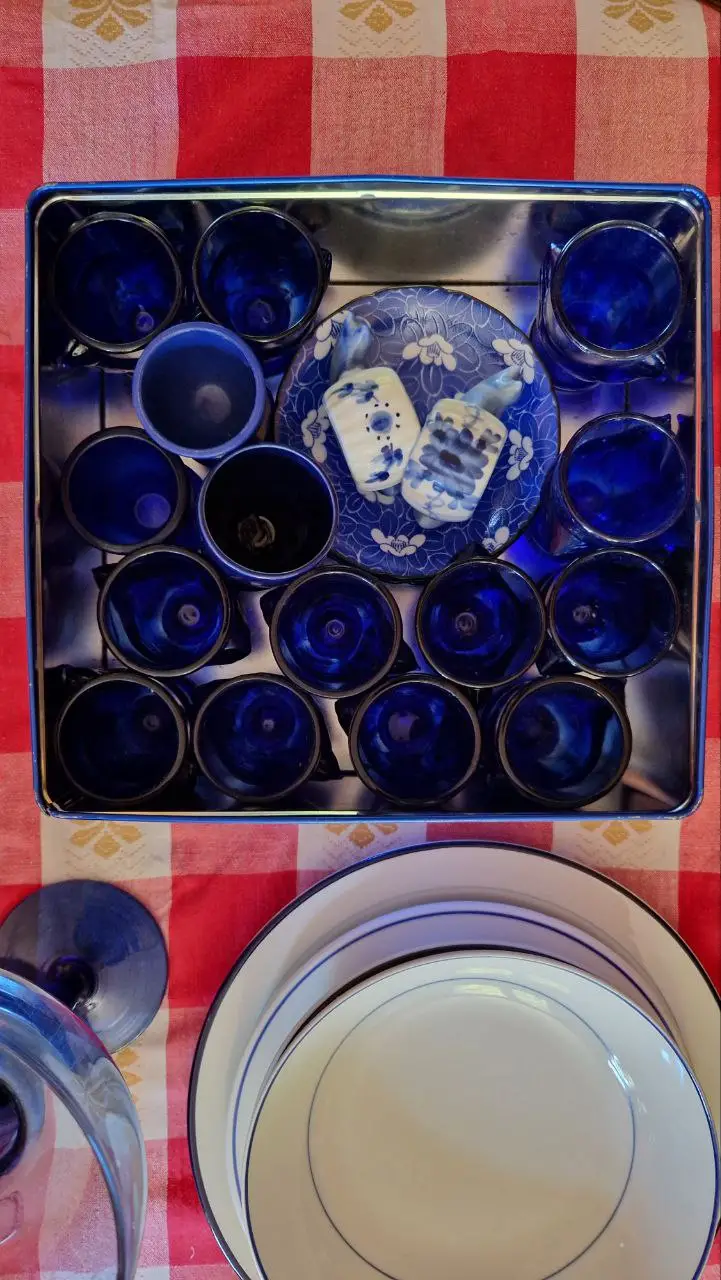
Luminarc has always been at the forefront of innovation, introducing new technologies and improved production methods. One of the innovations that sets Luminarc apart from other manufacturers is its unique Tempered Glass technology. This technology makes glass products more durable and resistant to damage, making them ideal for everyday use. Many of us already know this cookware and its high performance in everyday life.
One of the key features of Luminarc products is its elegant and stylish design. The company collaborates with leading designers and artists to create products that impress with their beauty and originality. It impresses with its diversity and ability to satisfy the needs of any consumer.

Luminarc has gained popularity not only in the French domestic market but also all over the world. Its products are exported to more than 160 countries, where they are recognized for their quality, reliability and aesthetics.
Luminarc as a tableware manufacturer has been much loved by the French throughout its existence, and thus at flea markets in France you will find it on the stand of every French hostess. Many of the collections have managed to become vintage as they are no longer made and you can create your own luxurious and unique collection from them.
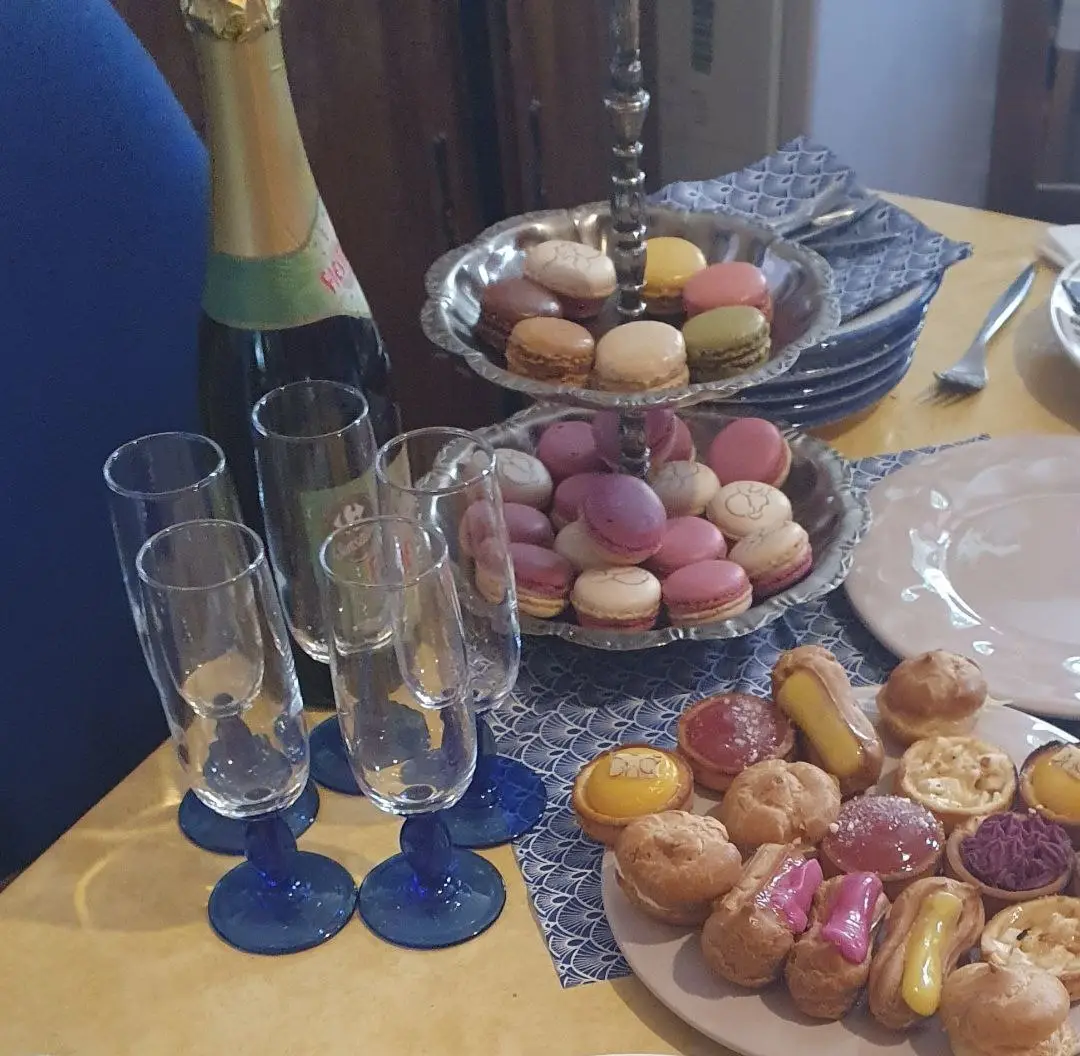
Such glassware with elements of blue, especially on the legs of the glasses, is a signature touch that stands out for its originality and sophistication. They are forever a symbol of French craftsmanship and elegance. This aesthetic never goes out of style. The prices for such dishes are quite affordable, one glass can be purchased for 1-2 euros at brocante markets.

A playful attitude to assembling your own collection from brocante or vintage shops remains attractive. You never know what kind of glass, salad bowl or plate you will come across. There is excitement in this, joy in finding it, a desire to master this product and excitement before meeting guests who will see what you managed to find at flea markets or other marketplaces.
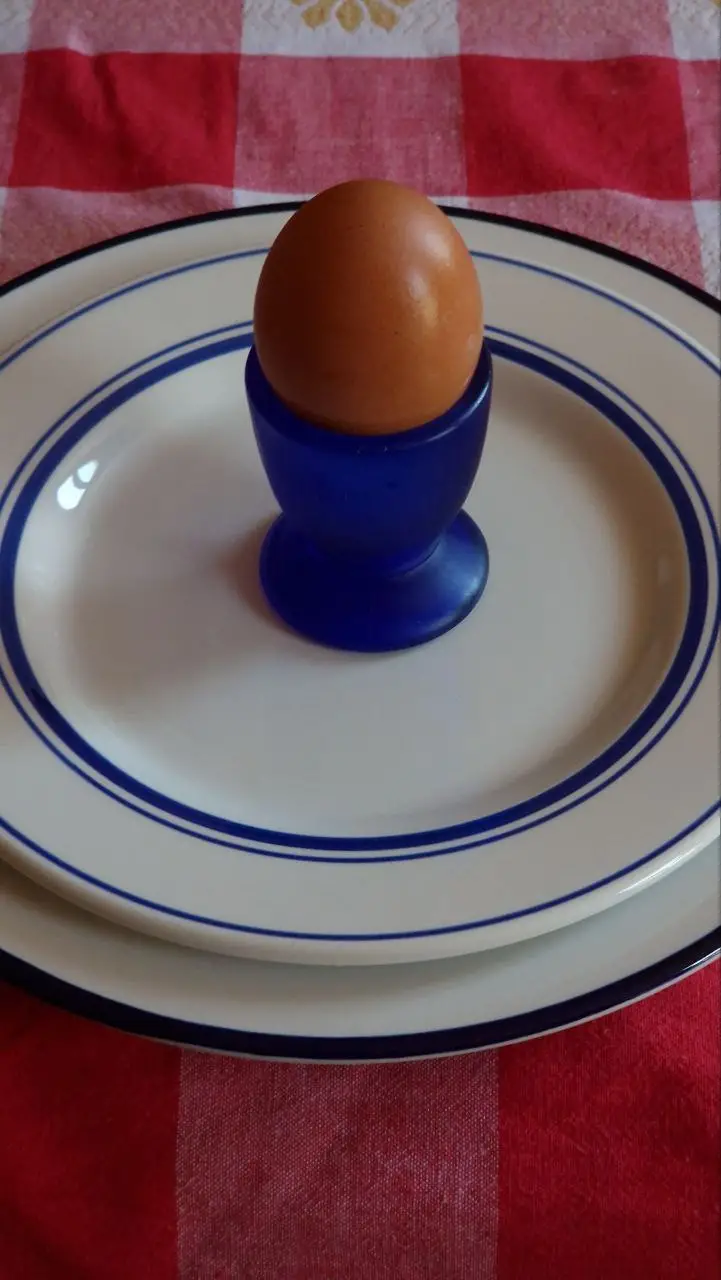
Secrets of Table Setting
In the world of cooking, table setting is not just a process, but an art that can turn an everyday meal into a sophisticated lunch or dinner.
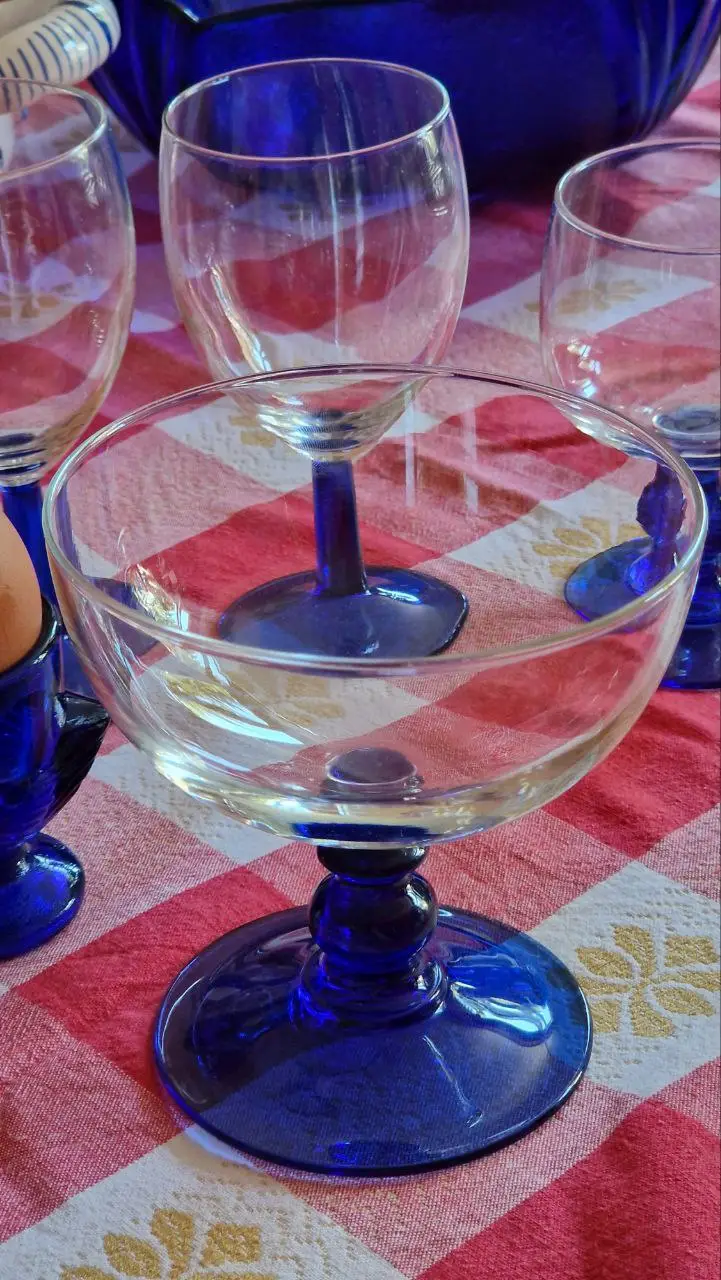
Before you start adding blue hues to your table, it's important to determine the basic style and atmosphere you want to create. Blue can be used as the main tone to create a sleek and modern look, or as an accent to add contrast to other colors.
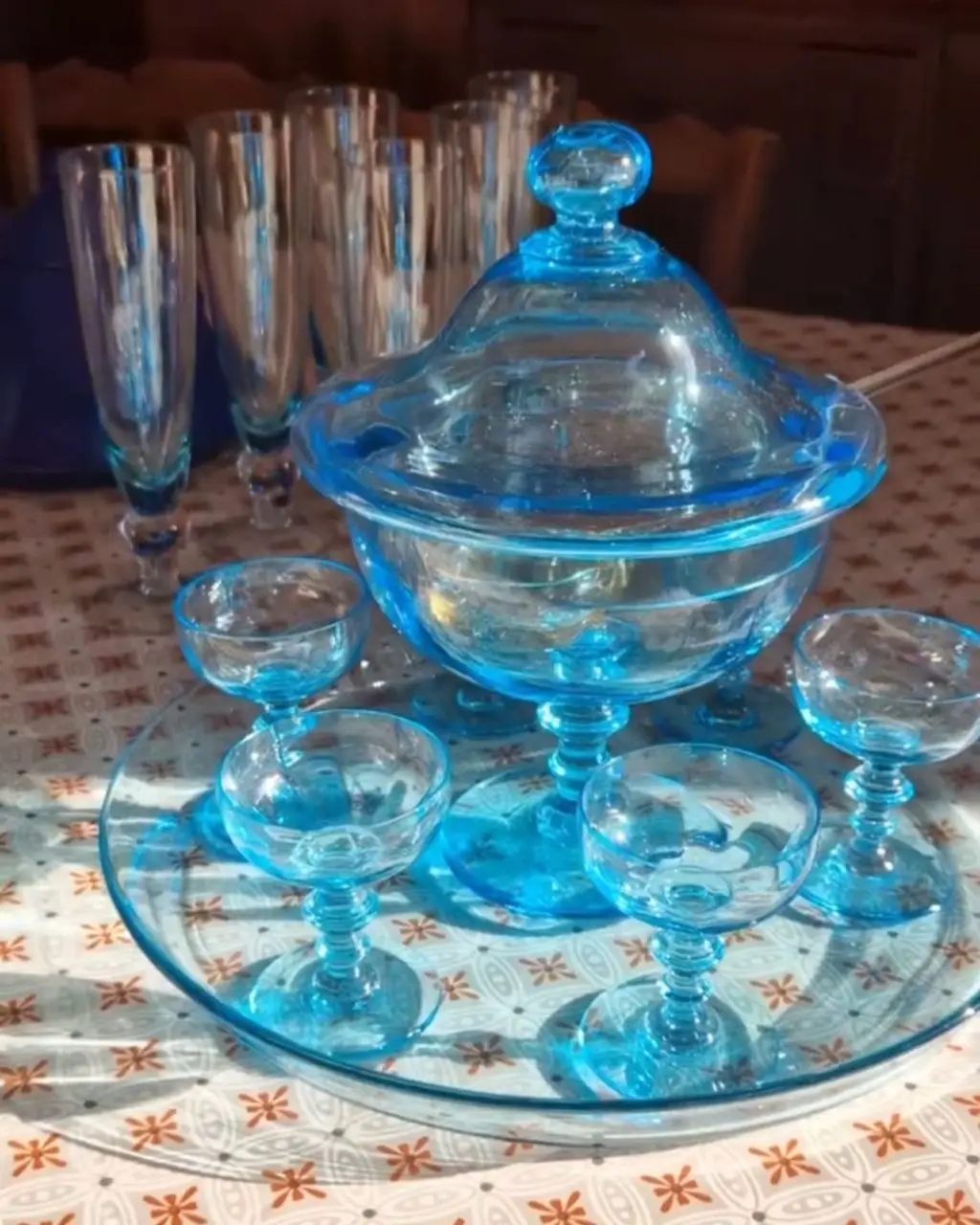
Blue has many shades, from light blue to deep indigo. The choice of a particular shade depends on your personal taste and the style of the event. Light shades of blue create a fresh and airy mood, while darker shades add mystery and luxury to the table.
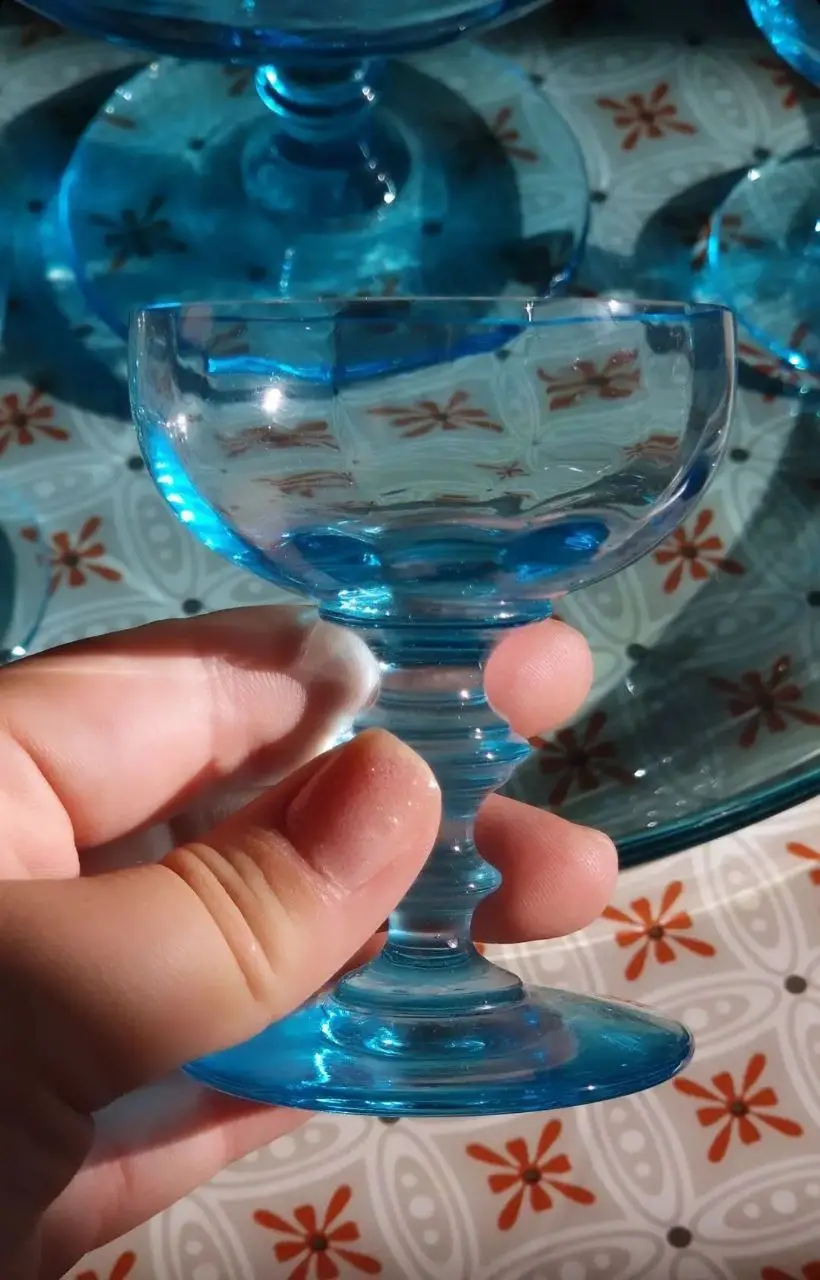
Blue goes well with white, gray, gold, coral and other colors. Use this color to create contrasts or a harmonious combination to highlight your dishes and add sophistication to your table.
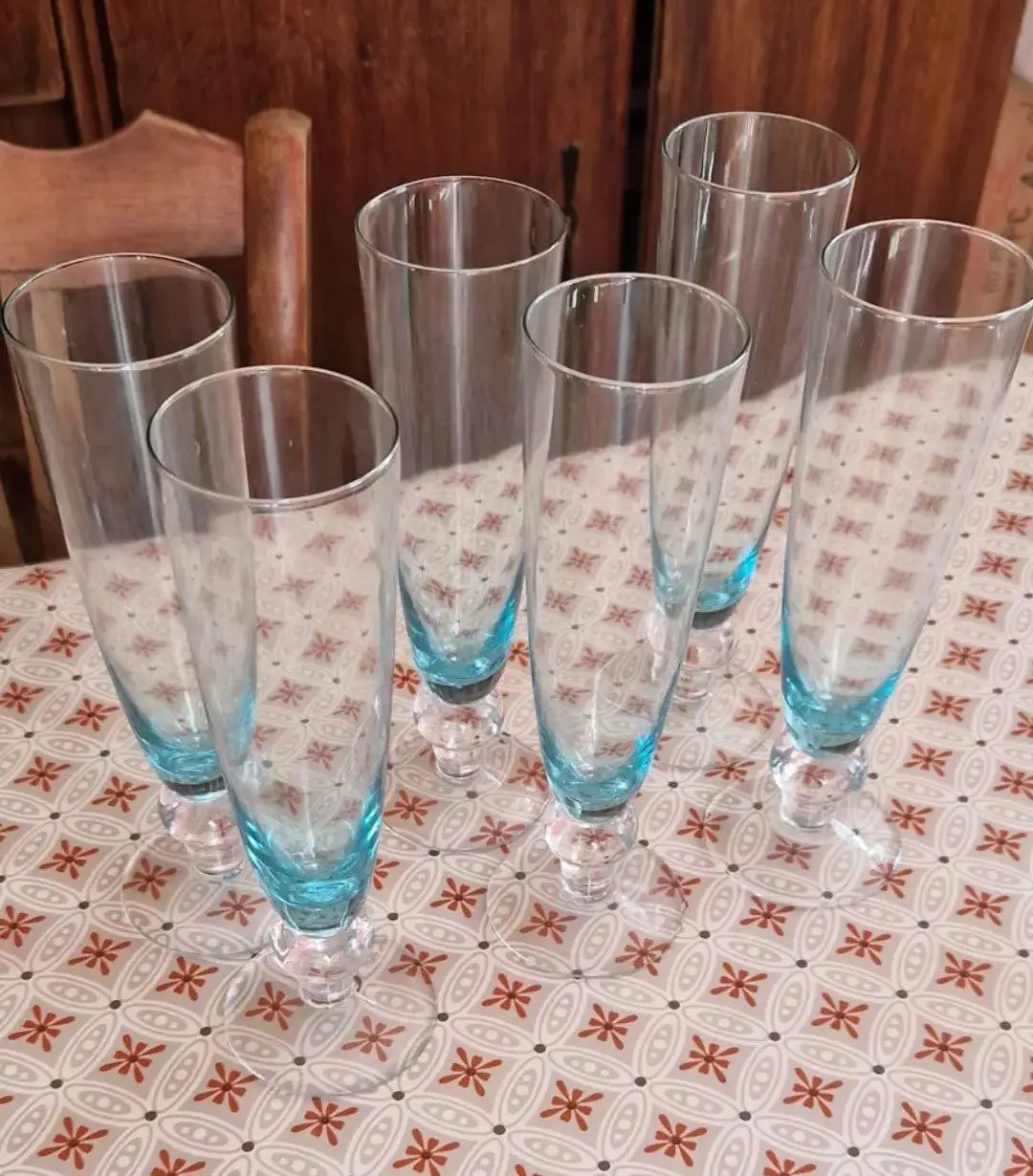
Blue can be represented on your table through dishes, napkins, candles, flowers, and other decorative elements. Choose a décor that matches the overall style and atmosphere of your event and add a blue accent to it to create an impression of completeness and harmony.
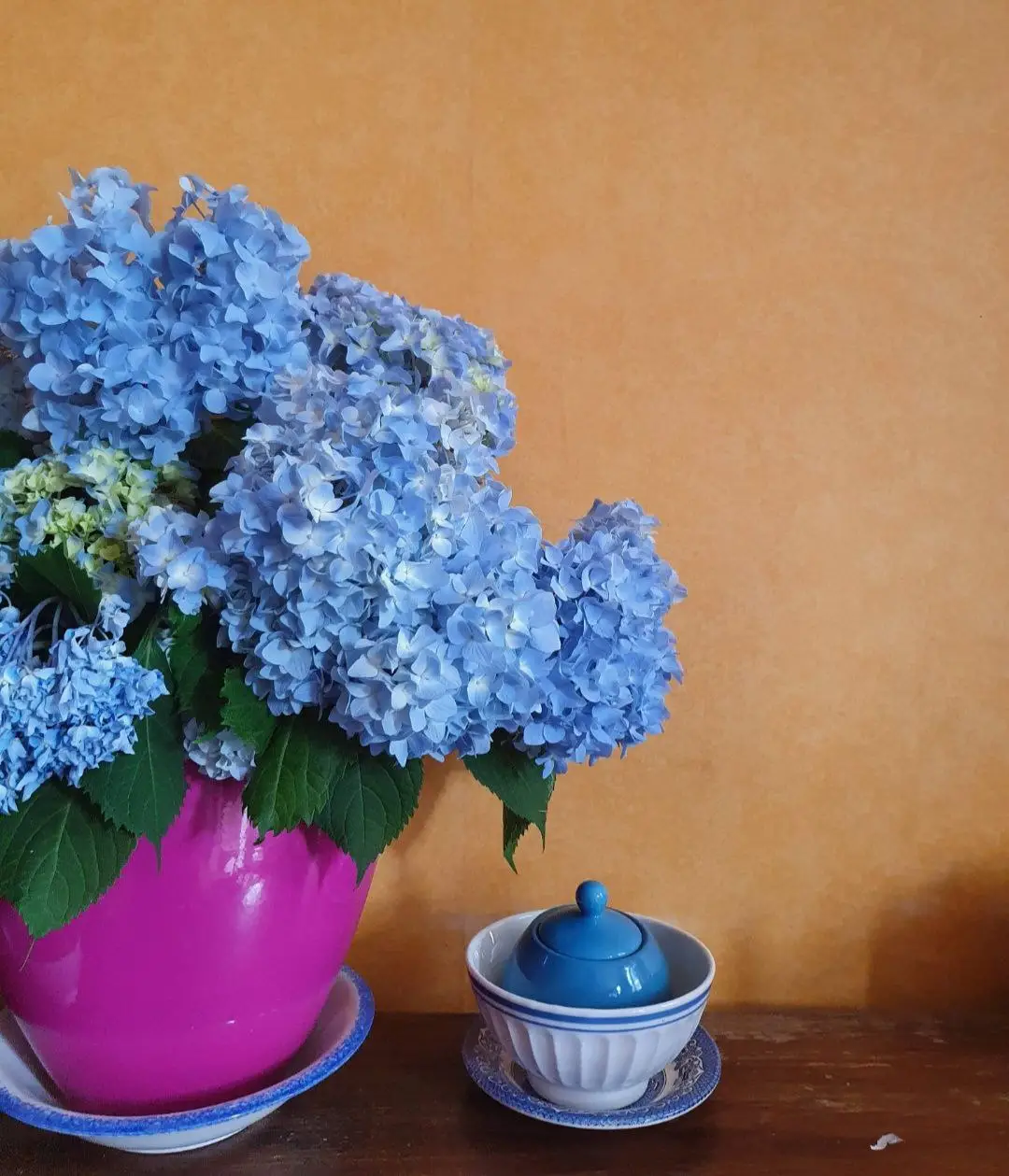
The blue collection is not only a color choice, but also a way to express your style and personality through table settings. With the right details and color combinations, you can create a unique image that will enchant your taste buds and the eyes of your guests.

